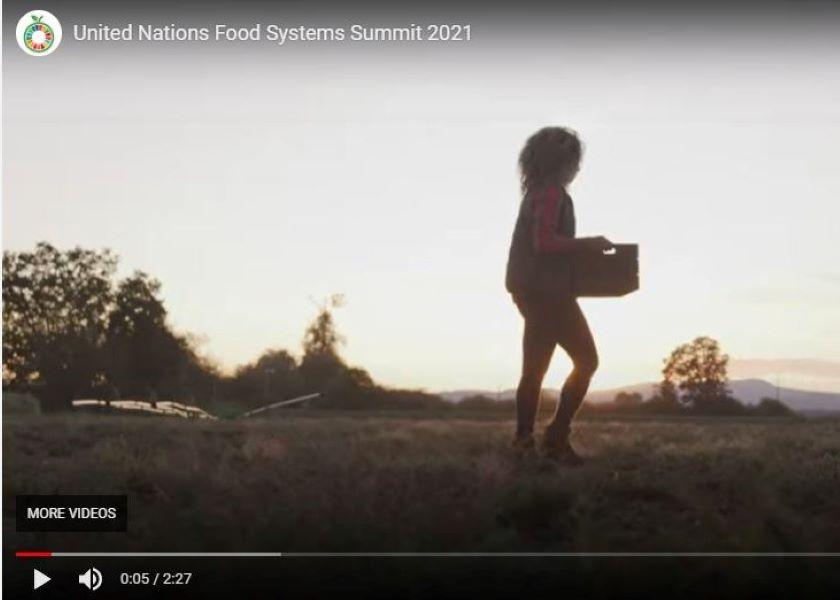Food Systems Under Scrutiny at UN Food Systems Pre-Summit

The U.S. agriculture community tends to be pretty proud of our role in providing families around the world with safe, affordable and nutritious food options. And we have many reasons to be – the U.S. food supply is one of the safest and most secure in the world, and it is increasingly productive, providing both growing economic value and additional yields. There is certainly room to continuously improve, but most of us would probably say that our food system is working pretty well.
However, not everyone shares that same positive sentiment about food systems. In late July, the Pre-Summit leading up to the United Nations Food Systems Summit (to be held in September alongside the UN General Assembly) was held. The Pre-Summit was intended to “set the stage for the culminating global event in September by bringing together diverse actors from around the world to leverage the power of food systems to deliver progress on all 17 Sustainable Development Goals.”
Speakers from around the world had a lot to say about our global food system, saying it is “not fit for purpose,” in need of “urgent transformation” and “broken.” The animal agriculture community in particular was called out, with a session dedicated to “unleashing the power of the plate” that focused heavily on claims that eating animal protein is detrimental to our health and the planet.
Unfortunately, this negativity was not surprising, as throughout the Food Systems Summit process we’ve had concerns about misleading statements that have been made about animal protein, including exaggerations of its environmental impact and supposed negative impacts on human health. The Alliance hosted an Independent Dialogue in the spring to share positive messages about animal agriculture’s role as a solution to food system challenges.
There was some positive news for animal protein at the Pre-Summit, as more than 150 participants attended an affiliated session hosted by the International Meat Secretariat titled “Feeding the Future: Innovations in Sustainable Animal Protein.” Expert speakers shared key takeaways about the role of animal protein in a healthy, sustainable diet, including:
• Animal protein is nutritionally essential, especially for vulnerable populations such as children, the elderly and immunocompromised. In addition to protein, animal-source foods are rich in vitamin A, vitamin B12, riboflavin, calcium, iron and zinc.
• Between 1970 and 2015, U.S. beef production required 36% fewer animals. In Latin American countries, the contribution of livestock in capturing carbon from the environment is greater than damage it causes.
• Livestock convert large amounts of by-products and waste material, for which there is no alternative use, into higher quality proteins.
It’s important for us to be vocal in setting the record straight. The food system is not “broken,” nor in need of “complete transformation” – it is already a positive thing, and can get even better with continued innovation and commitment to continuous improvement. Lend your voice to the conversation by attending UN Food Systems Summit events or getting involved online using #FoodSystems and #UNFSS2021.
Read More:
When Events Return, So Will Protests
Stand Up For Animal Ag: Policies Loom That Could Impact Your Farm
Get Ready to Step Up Sustainability Efforts This Year







